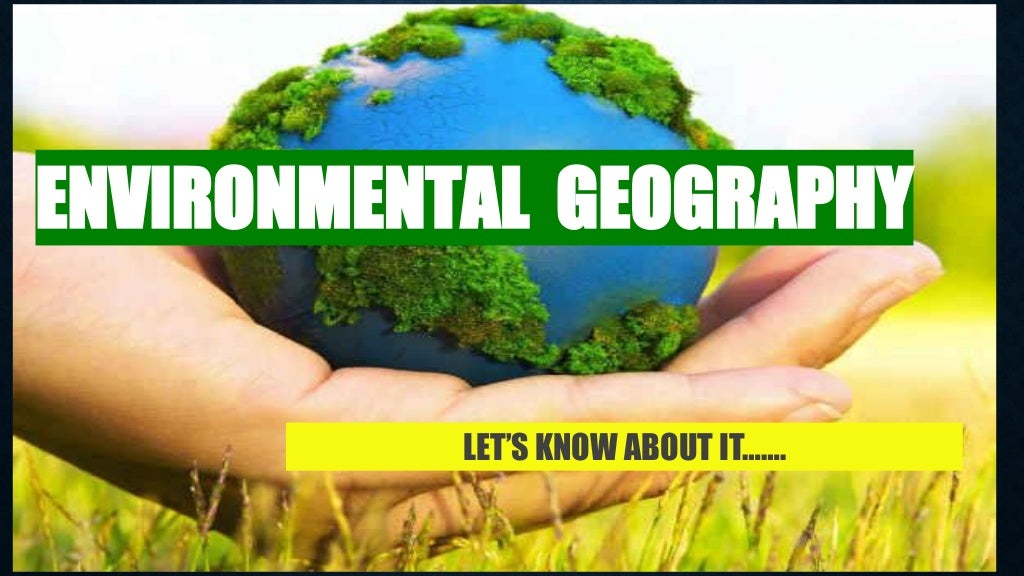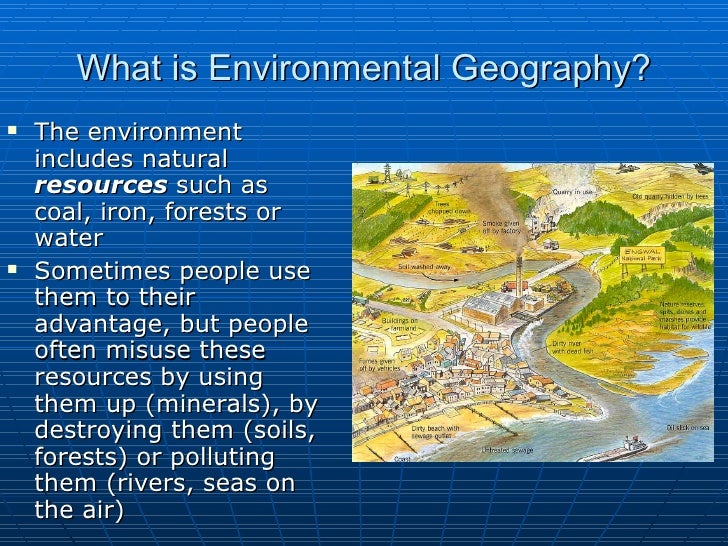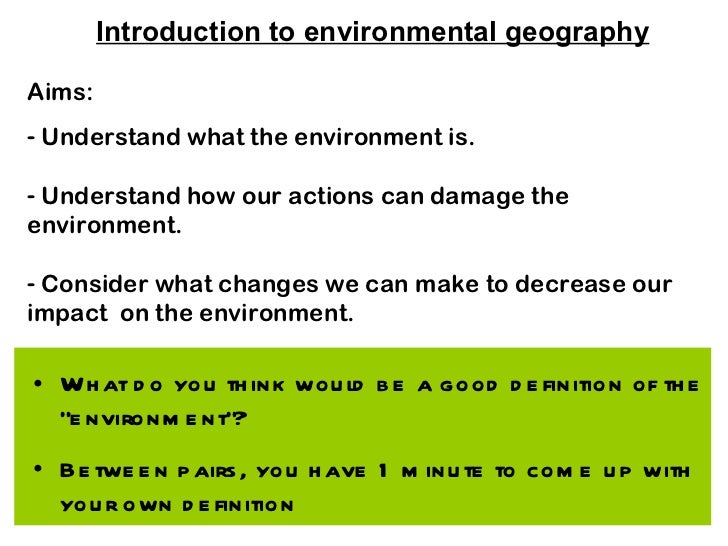Environmental geography is a dynamic and interdisciplinary field that explores the relationship between human societies and the physical environment. It examines how natural landscapes influence human activity and how, in turn, human activity impacts the environment. By understanding these interactions, environmental geography plays a critical role in addressing many of the world’s most pressing challenges, including climate change, deforestation, pollution, and resource depletion.
The Interdisciplinary Nature of Environmental Geography
Environmental geography is inherently interdisciplinary, integrating knowledge from various fields to provide a comprehensive understanding of the interactions between humans and the environment. By combining elements from physical geography, biology, sociology, economics, and political science, environmental geography offers unique insights into both natural processes and human behaviors.
How Does Environmental Geography Relate to Other Fields?
Environmental geography benefits from cross-disciplinary collaboration, drawing on different scientific fields to address complex environmental problems. Each discipline contributes its own perspectives, tools, and methodologies, allowing environmental geographers to analyze issues from multiple angles. Key areas of overlap include:
- Ecology and Biology: Ecology studies the relationships between organisms and their environment, focusing on ecosystems, species interactions, and biodiversity. Environmental geography incorporates ecological principles to understand how ecosystems function and how human activities disrupt ecological balance. For example, environmental geographers use ecological data to assess the impacts of urban sprawl on wildlife habitats or the effects of deforestation on biodiversity.
- Sociology: Sociology examines human behavior and social systems, making it a vital component of environmental geography. Human activities—whether urbanization, industrialization, or farming—are deeply influenced by social structures, cultural practices, and economic systems. Environmental geography looks at how societal values, norms, and behaviors affect environmental policies and conservation efforts. For example, the study of environmental justice (which explores the fair distribution of environmental benefits and burdens) is a key area where geography and sociology intersect.
- Economics: Economic factors play a major role in shaping how resources are used, managed, and distributed. Environmental geography often overlaps with environmental economics, a branch of economics that focuses on the economic impact of environmental policies, resource management, and sustainability. By understanding the costs and benefits of different land uses, geographers can propose sustainable economic solutions that balance development and conservation. For example, environmental geographers may analyze the economic incentives for renewable energy adoption, or assess the financial impacts of climate change on agriculture.
- Political Science: Environmental geography is also deeply intertwined with political science, particularly in the realm of environmental policy, governance, and international agreements. Environmental geographers study how political institutions shape environmental regulations, such as pollution controls, protected areas, and carbon trading systems. They also examine how global environmental treaties, such as the Paris Agreement, are implemented across different regions and countries. The political dimension of environmental geography is essential for understanding the power dynamics behind resource allocation, land use, and environmental protection.
Example of Interdisciplinary Collaboration:
One well-known example of interdisciplinary collaboration in environmental geography is the study of climate change adaptation. Addressing climate change requires a combination of physical science (to understand how the climate is changing), social science (to assess how people are affected and how they respond), and policy analysis (to design effective adaptation strategies). Environmental geographers work with climate scientists, economists, and sociologists to develop comprehensive models that predict how communities will adapt to rising sea levels, changing agricultural conditions, and increasing natural disasters.


